Appeal Against Dismissal Letter Template Guide
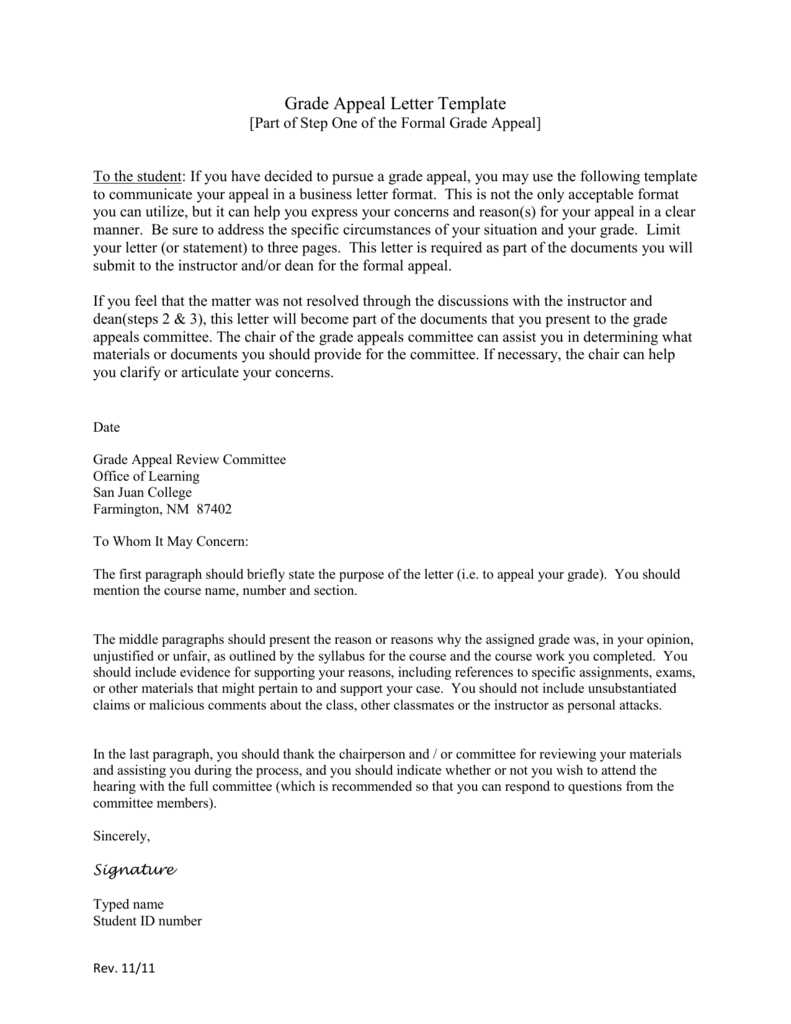
When faced with an unfair termination, it’s essential to create a well-structured and respectful response to challenge the decision. A formal document can help present your case clearly, offering a chance to reverse the situation. This process involves expressing your disagreement professionally while providing valid reasons for reconsideration.
Why You Should Contest Your Job Termination
Job separations can occur for various reasons, but sometimes the decision is not justified or based on misunderstandings. Taking the time to contest the termination can potentially restore your position, especially if you have strong grounds or believe the decision was made in error. This approach shows your commitment to the role and can improve your chances of a positive outcome.
Key Information to Include
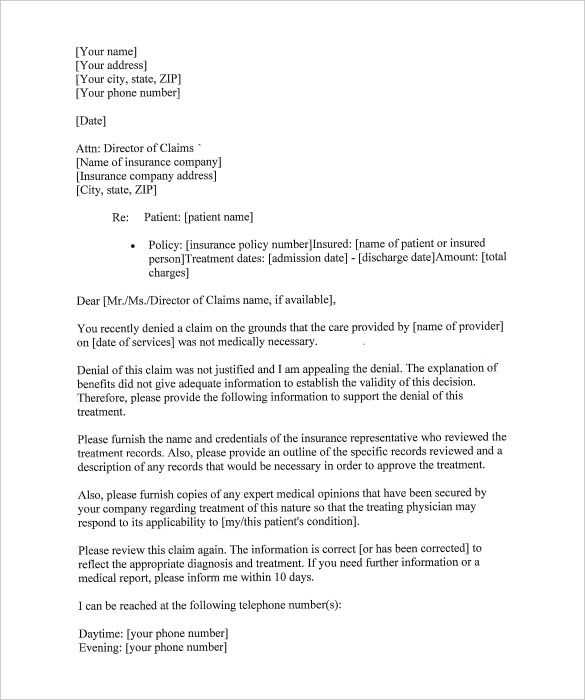
- Clear identification of the decision you are contesting
- Reasons why the termination was unfair or mistaken
- Supporting evidence, if available
- Your request for reconsideration or a meeting
Organizing Your Response Document
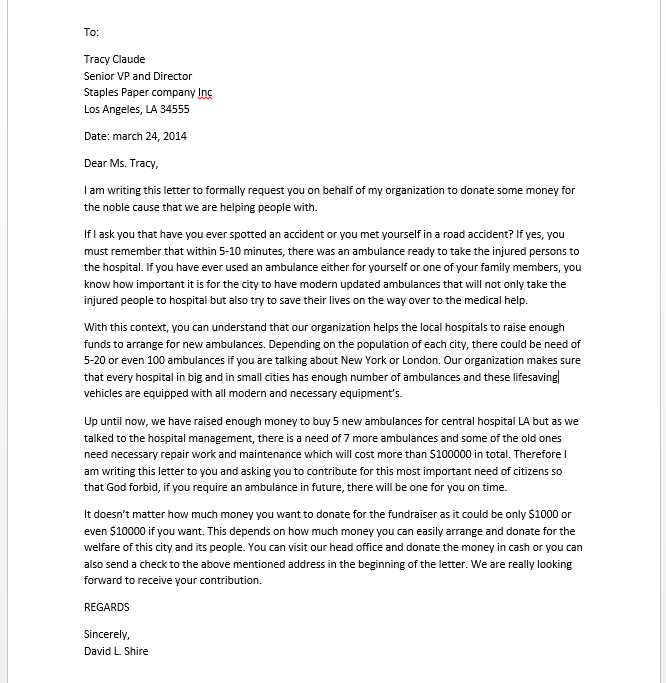
Start with a formal greeting and a statement of your purpose. Ensure the tone is polite and professional, as it can affect how your response is received. Follow with a concise explanation of why you feel the termination was unjust and outline the facts that support your claim. Conclude by requesting a review or meeting to discuss the matter further.
Common Mistakes to Avoid
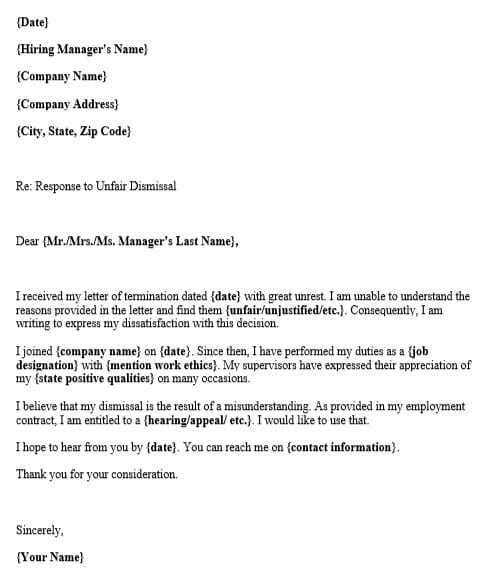
While drafting your response, be mindful of these common errors:
- Being overly emotional or aggressive
- Failing to provide clear, factual evidence
- Making the response too long or complicated
- Ignoring company policies or procedures
Effective Strategies for a Strong Response
Keep your tone respectful and concise. Stick to the facts and avoid speculation. Always proofread your response for clarity and grammatical accuracy before submitting it. If necessary, seek advice from a legal professional or HR representative to ensure your rights are being fully addressed.
Understanding the Response Procedure
When faced with an unjust job separation, it is crucial to understand the formal process of contesting the decision. Presenting a well-crafted argument can help resolve misunderstandings or errors that led to your termination. This section explores the essential steps for challenging such a decision effectively, covering everything from preparation to execution.
Why It’s Important to Challenge Unfair Termination
Being let go from a job without just cause can have significant personal and professional repercussions. Contesting the decision not only helps protect your career but can also prevent the potential financial impact of wrongful termination. By addressing the issue formally, you show your willingness to work through the problem while demonstrating your value to the organization.
Key Components of Your Formal Response
A well-prepared response should include several crucial elements to make a solid case. Begin by addressing the core issue, clearly stating the reason for your disagreement. Support your position with relevant facts, such as performance records, company policies, or other documentation. Finally, respectfully request a reconsideration or meeting to discuss the matter further.
Proper organization is key to ensuring your response is taken seriously. Make sure your arguments are clear, concise, and structured logically. Avoid overwhelming the reader with unnecessary details, but provide enough information to back up your claims.
Common Pitfalls to Avoid
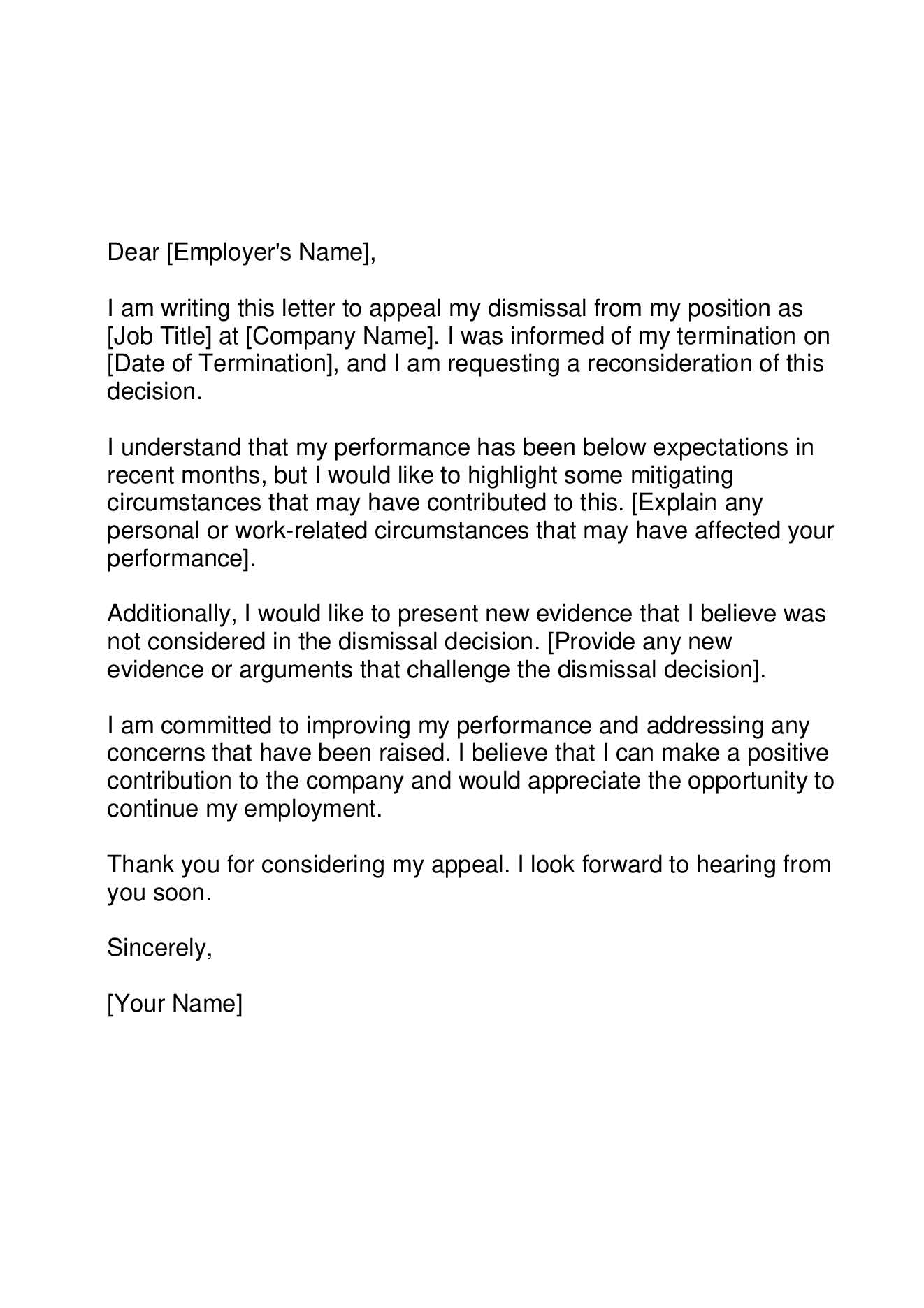
There are a few common mistakes people make when drafting a response. One of the biggest errors is allowing emotions to drive the tone of the document. It’s important to remain calm and professional. Additionally, failing to provide solid evidence to support your position or ignoring company procedures can weaken your case significantly.
To craft a convincing argument, focus on clarity and accuracy. Stick to the facts, keep your response professional, and avoid adding irrelevant personal feelings. If needed, seek assistance from a legal expert or HR professional to ensure all your rights are respected during the process.